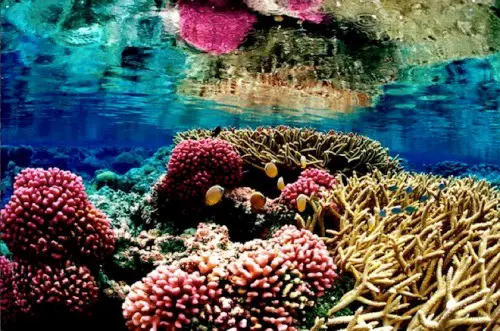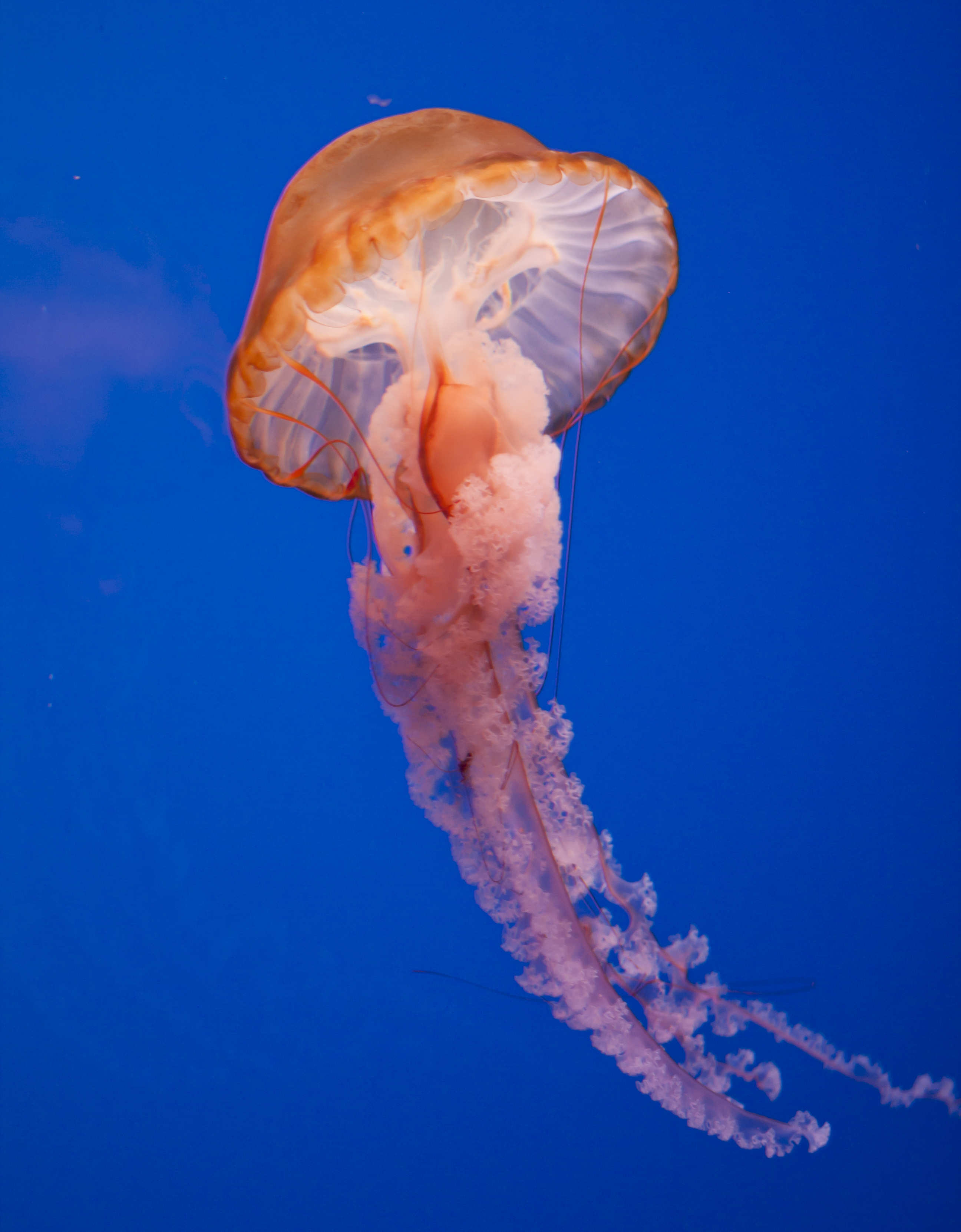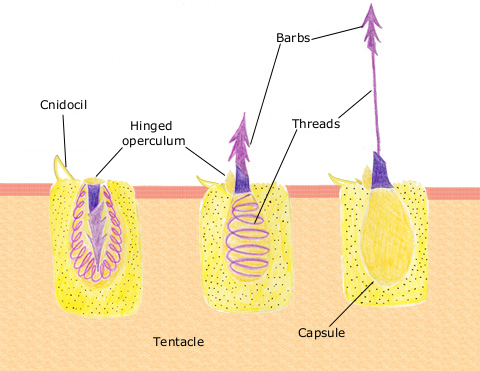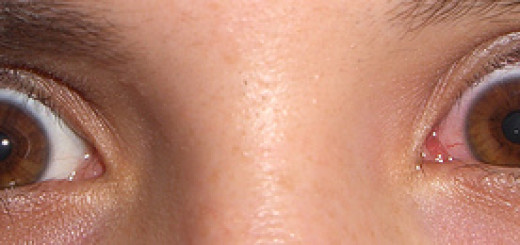When is it ok to pee on your new wife? Part 1 – Jellyfish/Coral/Anemone

A good friend recently called me from his honeymoon in Hawaii. He had convinced his new wife to try surfing for the first time. While she crushed some gnarly waves, she had a bit of a run in with some coral. Supposedly her leg was burning hotter than Beelzebub’s fires. Luckily, I watch a lot of television, and everyone who watches television knows you’re supposed to pee on a sting, right? But did Joey really need to pee on Monica in that one episode of Friends? Was recommending my friend pee on his new BFF and partner in life actually helpful or just a great practical joke?


Next week we’ll talk about stingrays and sea urchins, but for now let’s focus on the most common injury: stings from jellyfish and related creatures such as sea anemone, sea coral, and hydrae (phylum Cnidaria).
Cnidaria have tentacles lined with stinging cells called nematocysts. Imagine a microscopic harpoon that gets set off and shoots its toxin-tipped harpoon into your skin. Ouch! Exactly. These nematocysts will continue to sting and function even if the tentacle is separated from the body.


The reaction to the sting depends on:
- the number of nematocysts discharged
- the type of toxin released
- the body’s response to the toxin
Certain Jellyfish (mainly around Australia where supposedly everything is deadly poisonous), release deadly toxins that can cause heart problems, dilation of blood vessels, and/or even death. Some people are allergic and can have severe, life-threatening allergic reactions to Jellyfish stings. If this is the case, you will probably have more than just pain, you will have trouble breathing, your throat may close up, you may became severely sick, lightheaded, and pass out. Those stings will often require an ER visit. Most Jellyfish, however, cause pain and the worst “neurologic” symptoms are nerve pain and burning. The initial treatment is the same no matter what type of Jellyfish sting you encounter.
First, try to block discharge of any nematocysts that are still on or in the skin but haven’t fired off yet.
This is where peeing on your friends and family comes in. Fortunately (or unfortunately depending on who gets stung), urine is actually a bad idea. Similar to fresh water, the neutral water or urine will actually set off a chemical reaction that will set off the nematocysts.
So what should you use? Vinegar. While this doesn’t work on all Jellyfish, for the majority, the acid in regular household vinegar (5% acetic acid) will block nematocysts from discharging. You can use it to wash the skin until pain subsides, or soak the area for 30 minutes. If you don’t have vinegar, you can use salt water to wash off the nematocysts without setting them off, which is what would happen if you tried to wash them off with fresh water.

In case you encounter a nearly human-size jellyfish while in briefs or Speedos, some beaches actually carry vinegar for you to use. Image credit: sciencenews.org
Next, remove any remaining tentacles or nematocysts that you can see. Use gloves, forceps, or apply shaving cream or baking soda slurry to the area and scrape off the remaining nematocysts with a razor.
Hot and cold packs have not been proven to help or hurt, but if they help then by all means use them. The pain will get better in 2-3 days even if you do nothing. You can take ibuprofen or acetaminophen for pain, and take some Benadryl or other antihistamine for itching.
In conclusion: urine, fresh water, and showers are great for R. Kelly and practical jokes, but terrible for treatment of Jellyfish stings.
Stay tuned to find out what happened to my friend’s new wife, and subsequently his marriage…
Image credits in order:
cover: animalia-life.org 1. guidetropical.com 2. myinterestingfacts.com 3. reddit.com 3. wikipedia 4. wikipedia 5. sciencenews.org




Your Thoughts